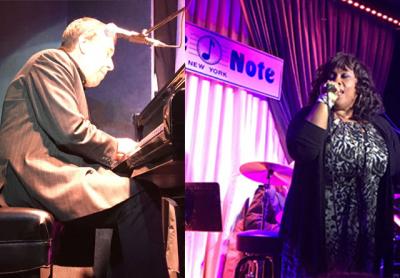Connections: The Sunshine State
Connections: The Sunshine State
I am old enough to remember going to the cinema to watch the 1945 movie musical “State Fair,” starring Jeanne Crain, whom my mother adored. With music by Richard Rodgers and lyrics by Oscar Hammerstein, how could it be anything less than terrific?
The film also starred Dick Haymes, who scored a gold record with “It Might as Well Be Spring,” the most unforgettable, if corny, of the songs from “State Fair.”
The last few days, the lyrics have been going through my head:
“I haven’t seen a crocus or a rosebud
Or a robin on the wing
But I feel so gay in a melancholy way
That it might as well be spring.
It might as well be spring.”
Sarah Vaughan, Ella Fitzgerald, and Frank Sinatra recorded it, too, and I think I’ll go to YouTube to take a listen before the day is out. The unseasonably springlike weather the last few days has put me in a show-tune mood.
This week is winter break at the public schools here on the East End, and, given that we are often still stuck under a pile of snow at this point in February, it’s no wonder that those who can get away head south. It’s also the time of year when a good number of our more peripatetic (that is, affluent) residents decamp to their second or even third homes — in Key West, or Eleuthera, or Palm Beach. One of the couples at a dinner party we held the other night had just arrived home from the Dominican Republic. Another friend is planning a few weeks in Cuba.
I do rather wish I were jetting off on a trip to, say, the Yucatan Peninsula, myself, but, if I am to be honest, I’m fairly delighted just to sit on the kitchen porch of a morning and soak up the rays, letting the sun coax my mind into a warm somnolence. Taking note of the birds at the feeders just outside the windows, reading whatever newspapers remain unread, and throwing out those no longer wanted — that’s what I consider a good start to the day.
Call me sappy, but the debut of this year’s crop of snowdrops, which popped up in the yard a few days ago, has really put a spring in my step. Can the crocuses, and the hyacinths — and the lilacs, and the roses — be far behind?

